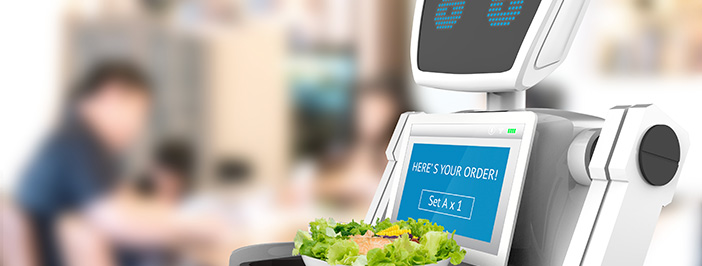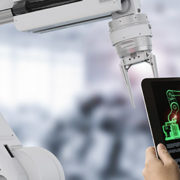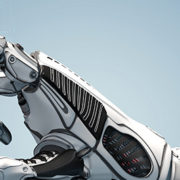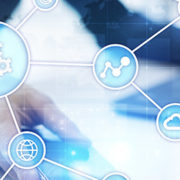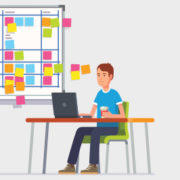3 jobs robots (or robot-like technology) will take from humans
Many people are frightened that robots will one day replace humans in the workforce. And while most are quick to write off this particular fear as irrational, it’s actually not a long shot.
Here are three industries where robots will definitely stake a claim for themselves.
Medicine
People love to Google symptoms and search for home remedies to common ailments. But has this common practice actually replaced doctors or in-person visits to the doctor’s office? Not yet.
But that’s not to say something else isn’t trying to.
In fact, there are already a number of apps in the marketplace that provide you with near-instant medical services. While these can’t exactly stop a heart attack or patch up a bullet wound, they can prescribe treatment for most common medical conditions.
For example, Doctor On Demand allows you to connect to a real doctor or physician over video. From here, they can perform an exam and even hand out prescriptions and treatment suggestions. You pay per visit; it typically costs less than a trip to the urgent care, and you’re able to avoid that waiting room full of sick people.
While this app doesn’t exactly replace the doctor itself, it does replace many of the human elements typically involved in the treatment process — like the staff members who manage the day-to-day activities of the doctor’s office.
However, in the future, there’s a real possibility that an app might have the ability to diagnose and treat a patient — sans doctor.
Content
While an app can’t exactly replace a doctor just yet, it can replace a writer.
Sure, it might not be Hemingway-quality writing, but it can take a pile of data and turn it into a decent online article.
As an example, Yahoo, Fox, and The Associated Press all use automated software to generate sports recaps and earnings reports for readers. They completely remove the writer from the process and are able to quickly push out content as a result.
Wired says to think of this software (otherwise known as Wordsmith) as a more complex version of “Mad Libs” — which, yes, does mean there are templates and some degree of plug-and-play involved. It won’t be able to write content for you without any direction, but once direction is given, it can do the job of delivering coherent and timely information pretty well.
Service
Whether you think of it as “customer service” or “service delivery,” technology will eventually replace some (if not all) of the components involved in this multi-billion-dollar sector.
To imagine this, consider the innovations already in play within the food industry.
Self-driving pizza delivery fans (Pizza Hut).
Tablets that take and process orders (McDonald’s).
Grocery stores that charge you for purchases as you walk out the door (Amazon).
Eatsa is a fascinating example of automated technology in the food industry. Visit one of their locations, and you can order food from your phone or an in-store iPad. When your food is ready, it will appear in a “personalized cubby.” The app will remember your food preferences for later and even make suggestions based on your previous eating habits.
No waiters. No cashiers. Literally, no humans to be seen in the entire restaurant. You can take a look here if you don’t believe me.
While these are just a few examples of the jobs robots can (and probably will) snatch from the human workforce in the future, it doesn’t necessarily mean there won’t be any jobs available for us. That’s far from the case.
Take a look at 4 invaluable benefits of robots in the workplace to learn why.

